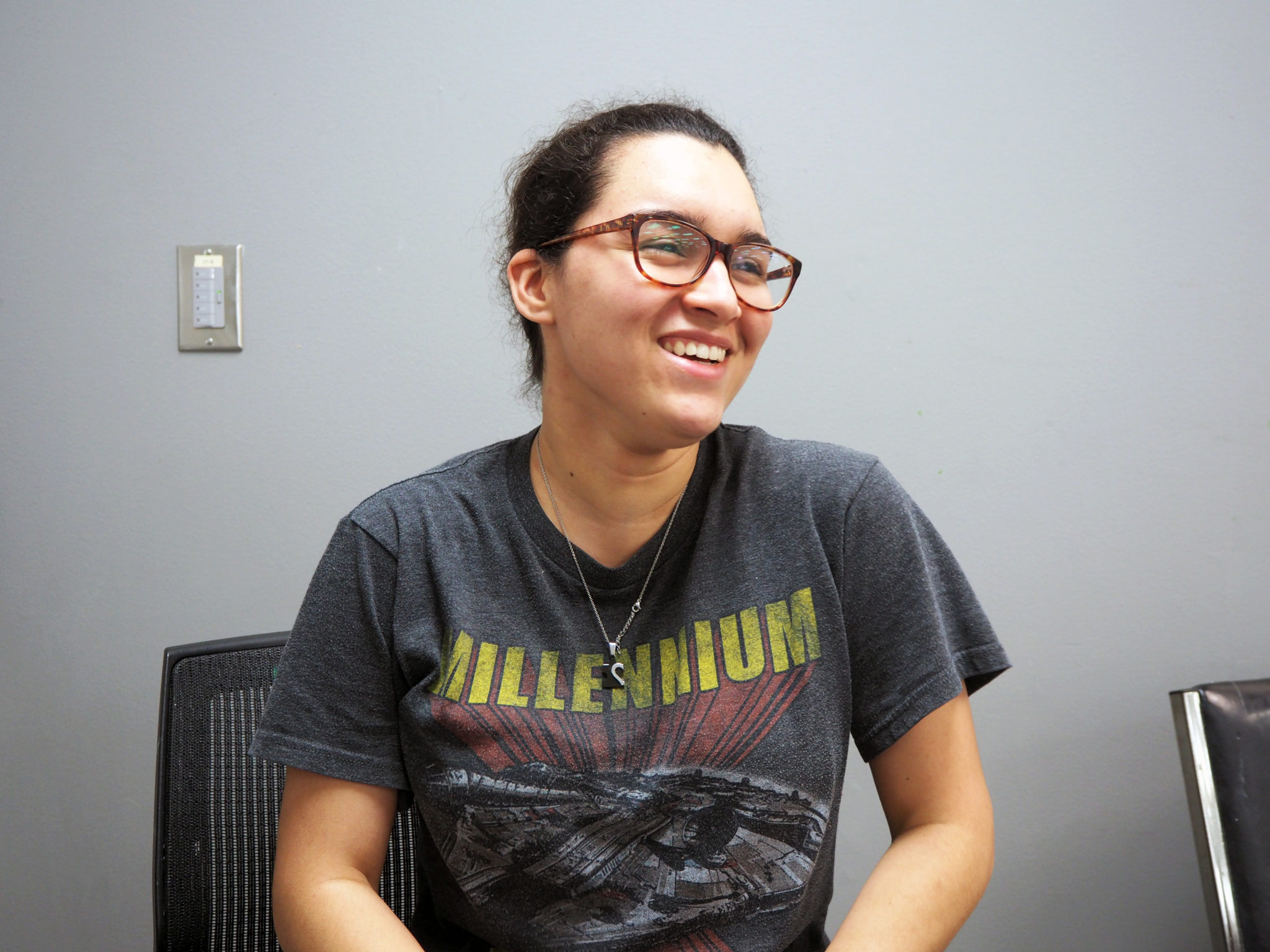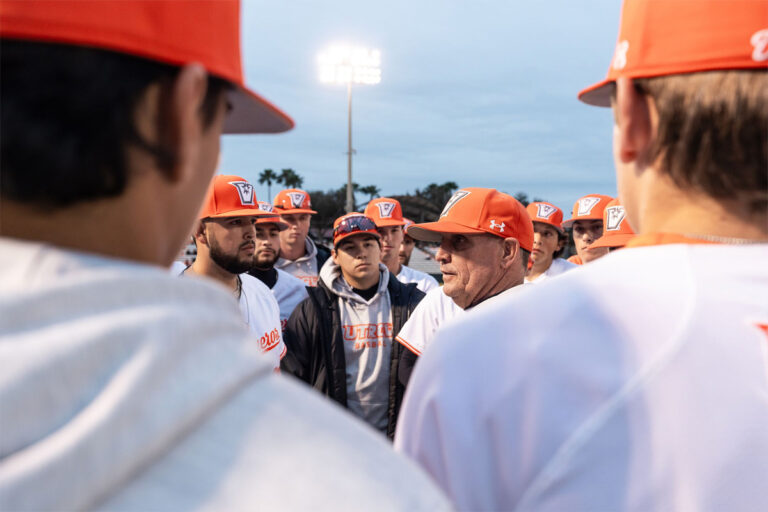
Are you a fine arts major who has zero idea of what to do after graduation?
Or with life in general?
Trying to find options in the real world as an artist is like trying to find, for the lack of a better metaphor, a needle in a haystack.
It’s a difficult process that you’re probably already dreading, but have no fear.
Now is the time to act and widen your scope on the alternative routes and careers for your talents.
The university’s schools of Rehabilitation Services and Counseling and Art, as well as the Social Work Department have come together to introduce a new minor for fine arts students, Expressive Arts.
It focuses on personal growth and healing through creativity and art.
The minor includes courses in movement, dance, art, improvisation, journaling, voice-guided meditation, drums, photography and music.
College of Fine Arts Dean Steven Block said the idea for the minor came from a similar program he opened at the University of New Mexico, the Arts-in-Medicine program.

The University of New Mexico’s program involves helping patients heal through various art forms, such as music, visual art, dance, poetry, and creative writing, according to its website.
Wanting to bring a similar opportunity to UTRGV, Block believes students can benefit from a minor that expands their options after graduation, such as this area of art therapy.
“When it comes to this particular minor in itself, so much of this is about empathizing, about having a sense of the health and medical concerns some people have,” Block said. “How we can actually have some varying on that.
“It’s as simple as you are being ill, and your grandma is singing you to sleep when you are really sick. But we bring that into the world of rehabilitations to make their lives more meaningful. Medicine is only one part of being healthy. There’s so much more that goes into it in terms of patient response and optimism as far as being healthy.”
Those who are interested in the minor but are not a fine arts major, will still be able to acquire it.
“That’s what is so cool about this! For each of these courses, it’s not a question that you have to have some sort of background in the fine arts to take the course, or background in rehabilitation services. … This is more of an option to think differently about what your possibilities are,” Block said.
Studio art junior Jose Lozano said he believes that students are going to like the addition and will benefit from it.
“Because it’s new and people, from what I’ve heard, have been wanting this. I think it will work out,” Lozano said.
2-D Studio graduate student Jesmil Rodriguez also believes it to be a positive addition for art students interested in the minor.
“If they get more exposure to the arts, it would be better for them,” Rodriguez said. “Everybody should have the opportunity to learn about it, not just have a vague idea of what the ‘arts’ are.”
Fine arts senior Jasmine Alessio said it’s not only a good idea but also a way for students to relieve stress from the more challenging courses in the art curriculum.
“It will be good for art students because I know a lot of us are stressed, and will like a class that is fun and still involve art in some way,” Alessio said.
The minor will be ready to be added to degree plans starting Fall 2018.





